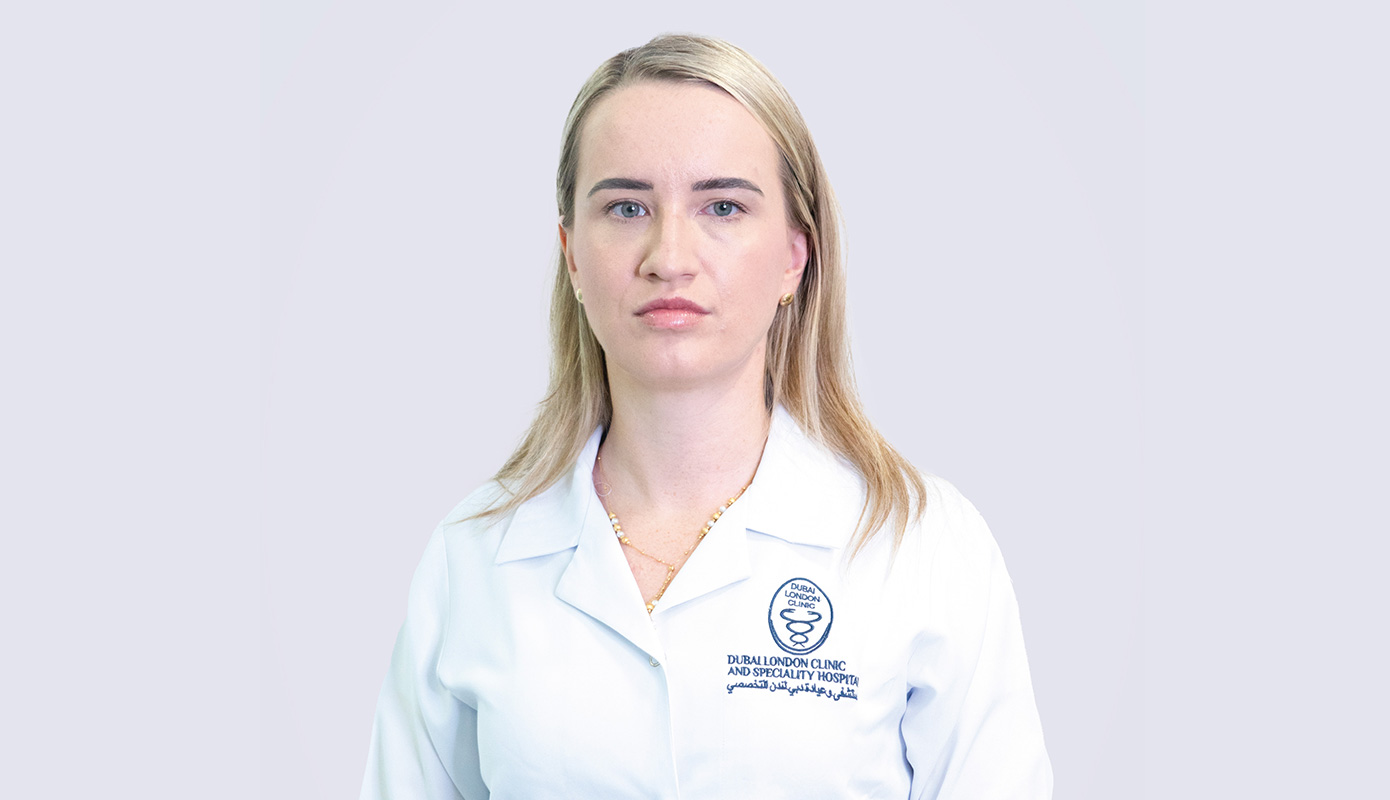Fat Loss Vs Weight Loss – A Closer Look

A blog by Dr. Azra Kasalo.
1. What is the primary difference between fat loss and weight loss?
Weight loss is simply an overall reduction in body weight (including muscle, water, and fat loss), while fat loss specifically targets reducing body fat (both subcutaneous and visceral fat) and focuses on preserving muscle. The medical definition of weight loss is a decrease in body weight resulting from either voluntary (diet, exercise) or involuntary (illness) circumstances.
2. How does the body composition change between fat loss and weight loss?
Body composition is the proportion of fat to non-fat mass in your body. Improving body composition involves reducing body fat while increasing muscle mass, which can result in a more toned and athletic appearance. The process of gaining muscle and losing fat at the same time is called body recomposition.
3. Is it possible to lose weight without losing fat, and vice versa?
Our body is one unit, so we can’t affect one part without impacting others. Losing weight will over time contribute to losing fat (and muscles) as well. During fasting, i.e., there might be initially a mild weight loss through water loss without fat loss. On the other side, if you specifically target fat loss and you are losing inches but maintaining your weight and you regularly strength train, you might actually be gaining muscle. Therefore, the terms shouldn’t be taken literally.
4. Are there any specific foods or nutrients that promote fat loss more effectively than others?
There is plenty of food proven to support fat burning when eaten as part of a controlled eating plan, i.e., salmon, nuts, berries, watermelon, cinnamon, chilli, coffee, green tea, and apple cider vinegar. As a controlled eating plan for long-term satisfaction, it is important to follow a diet we truly enjoy, i.e., I prefer a Mediterranean diet. It is recognized by the World Health Organization as a healthy eating pattern. Many cultures have eating patterns similar to the Mediterranean diet, including Japan. Others might prefer a high-protein diet.
5. How can I track my progress accurately to ensure I’m achieving fat loss rather than just weight loss?
Using a body fat scale can provide a more accurate picture of your body composition by measuring the percentage of fat and muscle you have. You can also use skinfold callipers to estimate your body fat percentage, but this takes practice to ensure accuracy. A simple, non-invasive, and inexpensive fat mass observation is the waist circumference to height ratio.
Studies showed that it was more accurate than the body mass index (BMI) in predicting excess body fat. According to research, a healthy waist-to-height ratio ranges between 0.4 and 0.49.
6. Are there any potential health risks associated with focusing solely on weight loss rather than fat loss?
Sarcopenia or muscle loss can be detrimental, as muscle is a crucial component of your overall health. Unfortunately, it is underestimated and underdiagnosed. It is more common in “weight cycling”—repeatedly losing and gaining weight multiple times through life since weight regain is almost entirely fat, and therefore it leads to sarcopenic obesity. Several studies have linked a higher fat-to-muscle ratio to chronic diseases, i.e., heart disease and diabetes. To prevent sarcopenia, we need to follow a healthy diet, increase protein intake, and engage in strength or resistance training.
If you have any questions about how to start a lifestyle change, be sure to book an appointment with Specialist Internal Medicine, Dr. Azra Kasalo today!